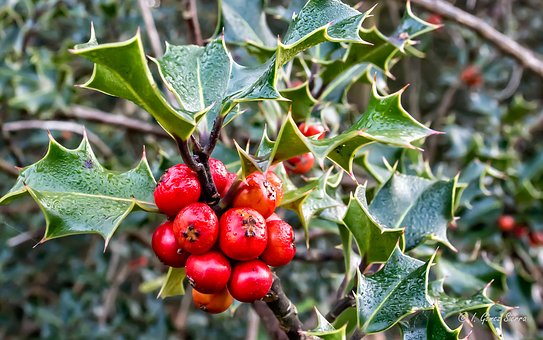Last year was definitely one of the most exciting so far.
In February our youngest daughter and son-in-law presented us with another gorgeous grandson ready to make his mark on the world.
Then in May, after taking my pet cow Rosalind (named for the “Fair Rosalind” in Shakespeare’s “As You Like It”, being so gentle and sweet) to her summer pasture after a long cold winter, my husband and I jetted off to New York City on our first visit to the big apple. Our destination was the Book Expo of America at the Javits Center where my middle-grade novel “Alex and the Druids’ Eclipse: A Cornish Tale” was on display.

After living in a rural area for many years we found the constant drum of traffic, both day and night, mind blowing–it truly is the city that never sleeps-but I was excited to shout Kernow bys Viken! when I found the Cornish flag of St. Piran hanging on the wall of an Irish pub in Times Square! We were already planning our return to NYC on the plane home.

The Cornish have very strong ties with nineteenth century mining communities around the globe, the United States of America being no exception. Thousands of Cornish miners left their homeland in the latter half of the 1800’s in search of work in the mines in countries that included North and South America, Australia and South Africa. In the US alone, I have discovered ancestors in Montana, Colorado, Arizona and Minnesota…so far!
With the miners and their families came the Cornish culture, especially dialect, food and religion. Probably the best-known Cornish dish is the pasty.
” Pasties were taken down the mines by the adults and children who worked there; the shape and size made them ideal for carrying, and they became the staple for the daily ‘crib’ or ‘croust’ – Cornish dialect for a bite to eat, usually taken mid-morning. It is thought that the miners gave the pasty its distinctive D shape too – the crust became a handle, which was discarded to prevent contaminating the food with grubby, possibly arsenic-ridden hands.
For many families, pasty-making was a daily task and recipes were passed from mothers to daughters, rarely written down. Producing a magic pasty takes a certain knack and many cooks take so much pride in theirs, that not many will share their recipes. Some have even been known to take them to the grave, refusing to pass them on even to their offspring.”
Extract taken from the Great Cornish Food Book, published by Cornwall Food & Drink

I grew up in a softer age, when all but a handful of the mines had been closed for over half a century and relegated to the annals of Cornwall’s history. But pasties remained a mainstay in our homes. Eating a home-made pasty for tea at least once a week is customary. Wednesday was pasty day in our house as it was in my grans and we were always eager to ‘dig-in’ to another at the weekend.
I now live in Canada and continue to make our pasties, as do my two daughters, even though they were school age when we “crossed the pond.”
As my cousin-in-law Pauline says – “You can take the girl out of Cornwall but you’ll never take Cornwall out of the girl.” So very true!
During the summer we went home to Cornwall for a few weeks where we had a great catch-up with family and friends and re-visited all our old, and some new, haunts. (catch my Blog – Of Fogou’s, Foreshores and Family – Parts 1 & 2)
August and November saw book signings and library readings which was amazing fun!
Then as the wheel of the year slid into Christmas, I was grateful to share the season with my wonderful family. I’m inclined to go a little crazy with the trimmings because it is such a magical time, but I always make sure the decorations are down by twelfth night – a little bit of Cornish superstition creeping in. My mother-in-law always chose a Holly tree over a Pine to bring into the house for Christmas. It predates the Pine tree tradition, the holly being a respected tree in Celtic mythology. The Druids believed the Holly tree to guard against evil spirits and bad luck, and old beliefs just don’t die, they are handed down to future generations within a family.

Enjoy 2019 – make it your best year yet!
© Carolyn Griffin




